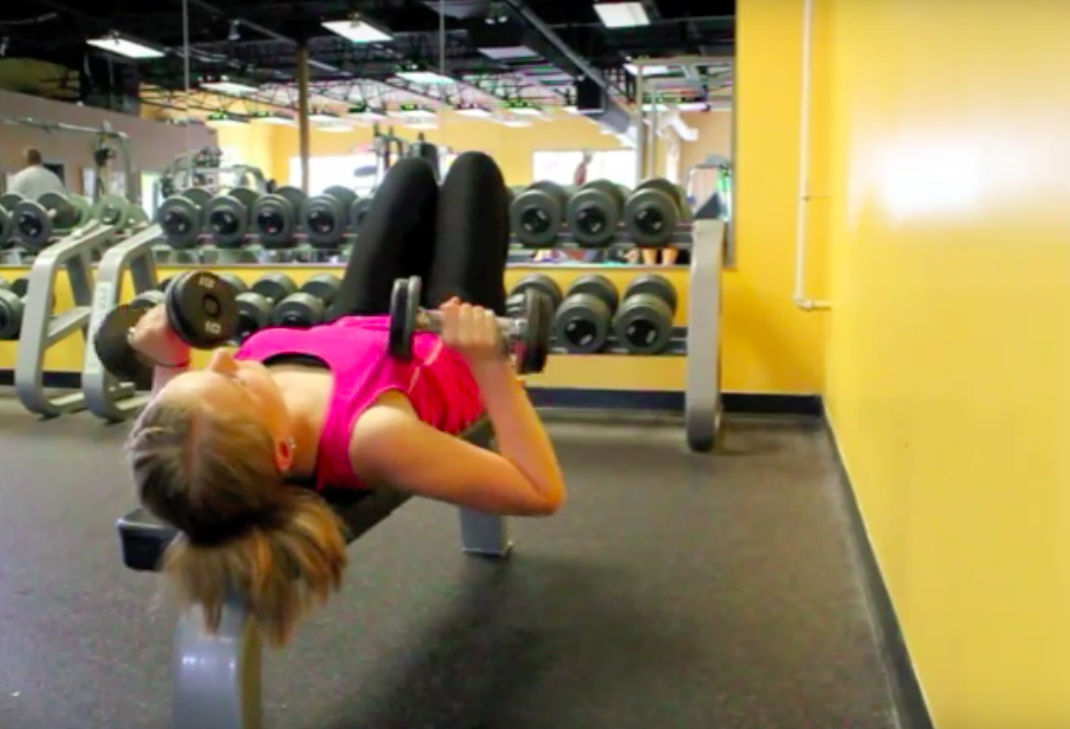What’s your workout routine?
*Update, skip the lunge exercise that is shown in this video. We think you’ll get faster results with less joint stress by doing step-ups on a stair step or on a sturdy chair. For an example of this, see our Strength Training at Home Video. Remember, if you’re concerned at all about balance, stay close to a wall to feel stable.
With so many options these days, heading to the gym for a workout can be confusing, if not overwhelming. Since exercise is so vital when caring for your body, we, at Hope Clinic, have been busy creating a film short focused on resistance circuit training. Hopefully, the information here will boost your confidence and get you out there!
Before you lace up your shoes, here are a few helpful hints from Dr. Brad.
Is this workout right for me?
Weight training? Yes, weight training. And there’s no need to feel intimidated! The type of exercises you’ll see here can and should be used by anyone regardless of your gym experience—or inexperience. Think of these exercises as a practical starting point for getting into resistance training. Some folks might want to use them between workouts with a personal trainer.
Why do it this way?
Resistance exercise is necessary for a variety of reasons, like building and retaining muscle as well as being especially helpful in losing weight to achieve a lean, healthy body. When done properly, weight resistance can also help build stronger bones and healthy joints.
In these exercises, we are focused on using multiple joints and recruiting multiple helper muscles. When done in the correct order, opposing muscles will get the chance to learn what is expected of them. The results? For one thing, you’ll experience a safer and more effective workout with less chance of muscle injury while also getting more complete muscle growth. Who can argue with that?
We recommend spending 6-8 weeks on this type of program before starting with a personal trainer. If these exercises are your base, you’ll have less DOMS (delayed onset muscle soreness), post-workout soreness, fewer injuries, more enjoyment, and a higher success rate, either with a trainer or by yourself.
A few instructions to keep in mind:
You can do these exercises every day, we recommend 6 days a week
Use lightweights
Do each repetition slowly, taking 5 to 10 seconds per push out or pull in
Repeat each exercise 20 times in a row*
Move along to the next exercise as quickly as possible
When it comes to lunges, do those gently. Lunges done incorrectly can lead to injury.
*If it’s hard to do an exercise 20 times, your using too much weight. Keep in mind, some people in the beginning might only do the motions without using resistance and that’s fine. Listen to your body.
After finishing the resistance circuit, move immediately into an aerobic or constant movement exercise. By doing the weights first, you’ll get a higher metabolic burn and aerobic benefit in a much shorter amount of time than if you only do an aerobic activity.
Are you ready to get started?
There are 10 steps to this circuit training, so be sure you catch them all! Remember, if you still have questions, don't hesitate to ask Dr. Brad during your next appointment.

